Cheetahs and leopards are two of the most well-known big cat species, often confused because of their similar appearances. However, these two animals are quite different in their characteristics, particularly in terms of speed, hunting techniques, and behavior. This article explores the various differences that make each of these majestic creatures unique.
Cheetahs: The Fastest Land Animal
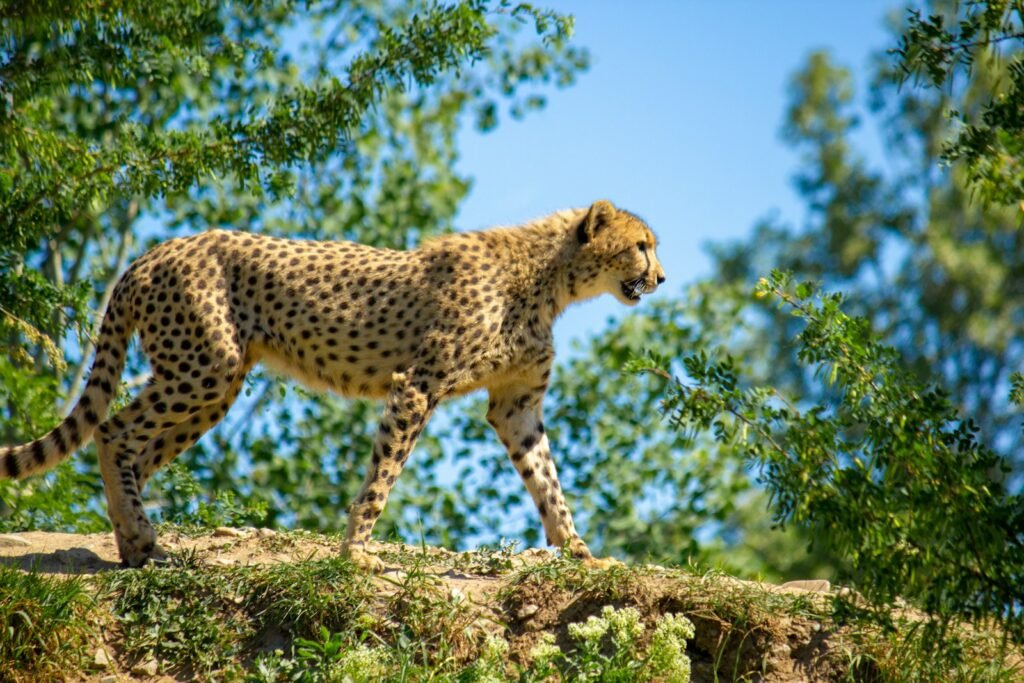
Cheetahs are renowned for their incredible speed, which is unmatched by any other land animal. They can accelerate from 0 to 60 mph in just a few seconds, thanks to their lightweight body, long legs, and large nasal passages that allow for increased oxygen intake.
Leopards: Strength Over Speed
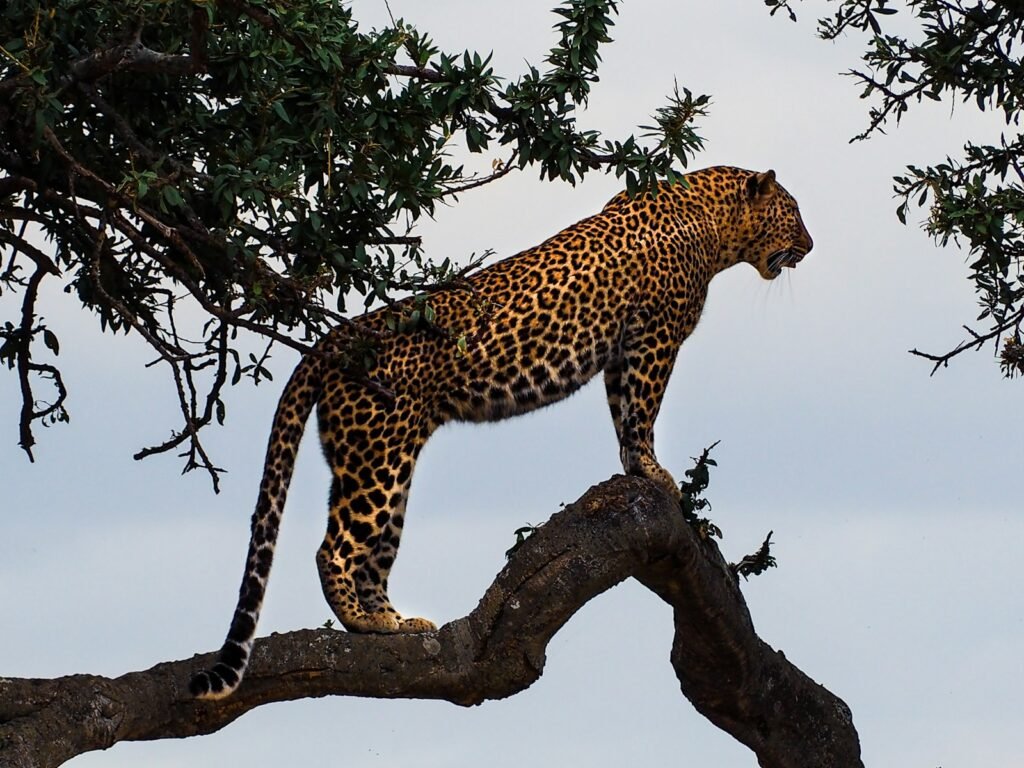
Unlike cheetahs, leopards are more about strength than speed. Leopards can reach speeds of up to 40 mph, which is slower than cheetahs. However, their powerful bodies make them excellent climbers and swimmers, allowing them to adapt to a wide range of environments.
Hunting Strategies of Cheetahs
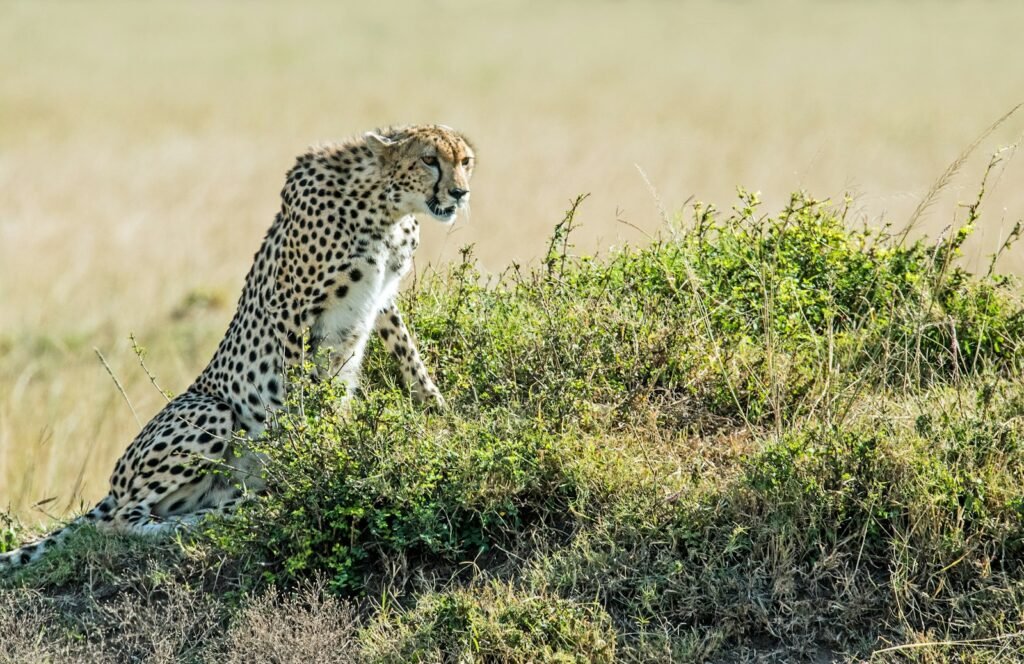
Cheetahs rely heavily on their speed and agility when hunting. They prefer open savannahs where they can chase down their prey with explosive speed. Cheetahs are visual hunters and select prey based on visibility and the opportunity for a successful chase.
Leopards: Master Stalkers and Ambush Predators
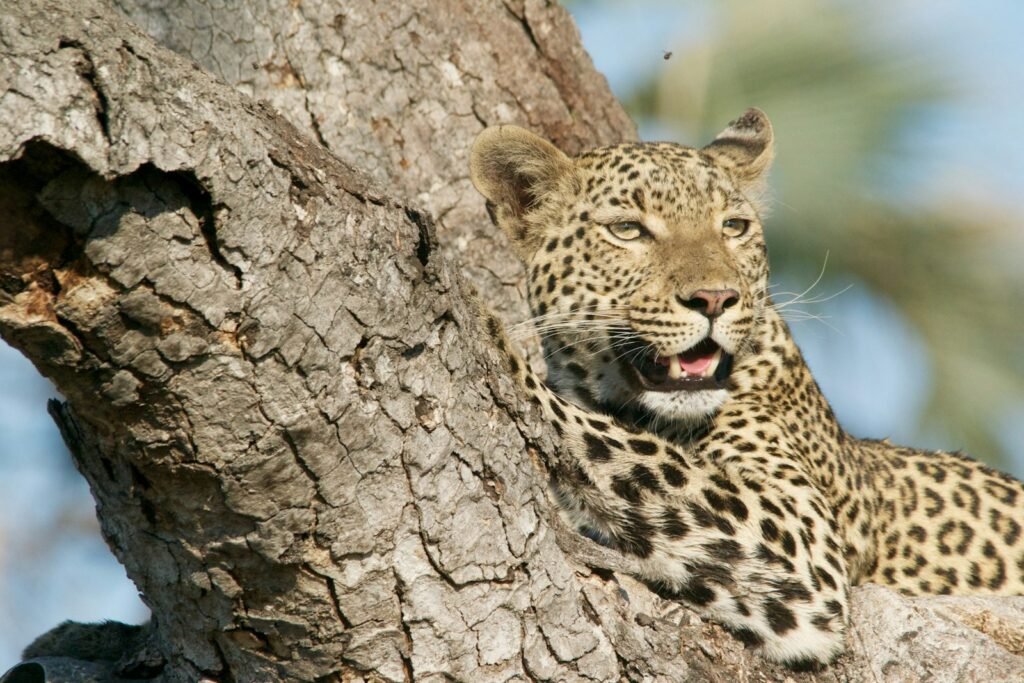
Leopards utilize a stalk-and-ambush strategy, relying on stealth rather than speed. They prefer wooded areas where they can hide and silently stalk their prey, getting close enough to pounce for a surprise attack. This method requires patience and precision.
Physical Differences Between Cheetahs and Leopards

One of the easiest ways to differentiate cheetahs from leopards is by their physical appearance. Cheetahs have slender bodies with long legs, small heads, and distinctive black “tear marks” running from their eyes to their mouths. In contrast, leopards have more robust bodies, circular rosette markings, and no tear marks on their faces.
Social Behavior: Cheetahs as Solitary Animals
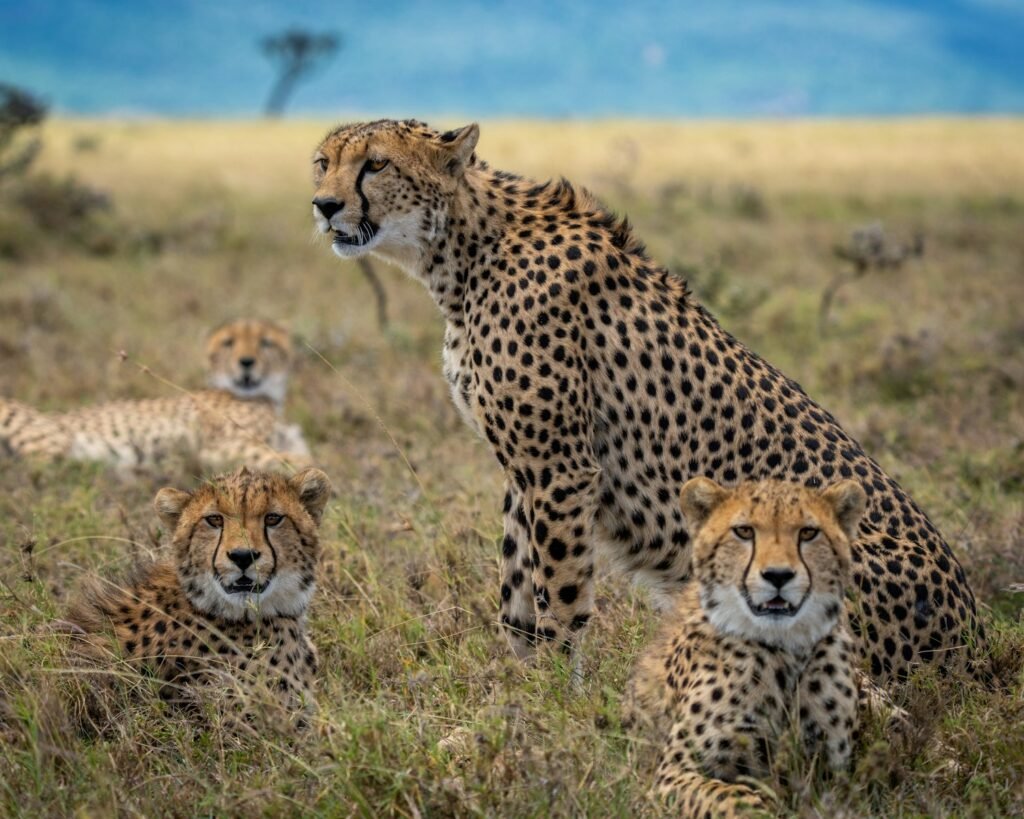
Cheetahs typically lead solitary lives, with males sometimes forming small groups called coalitions. Females, on the other hand, are more independent and raise their cubs alone. Solitary behavior allows them to cover more ground in open spaces.
Leopard Social Structure: A Mix of Solitary and Territorial
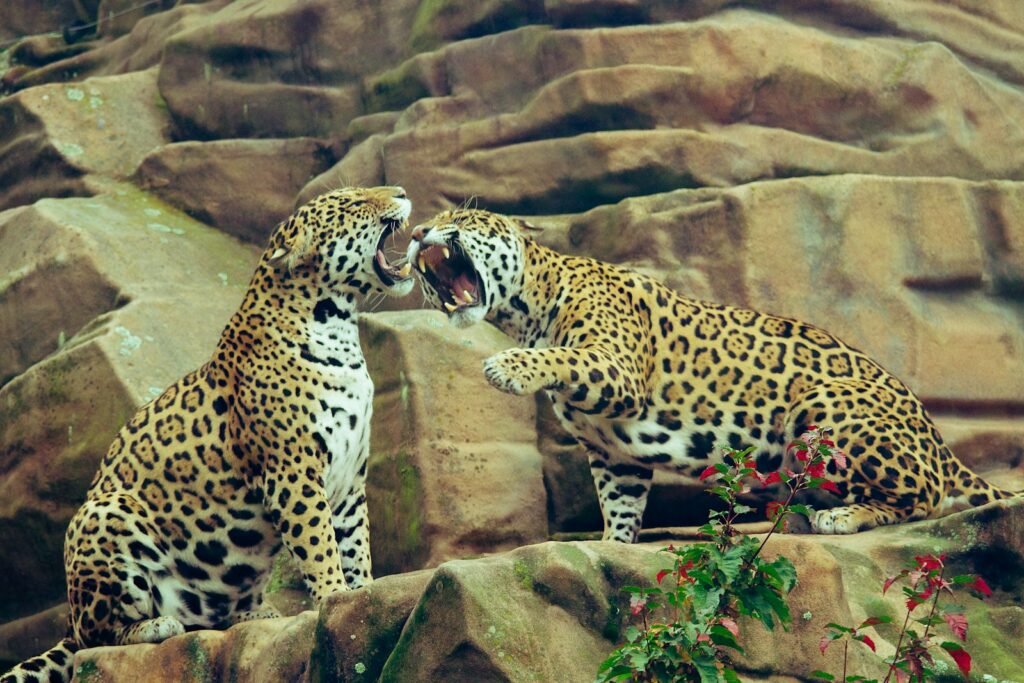
Leopards are also primarily solitary animals, but they are highly territorial. They mark their territories using scent marks and calls to ward off other leopards. Interactions between leopards are usually limited to mating and raising cubs.
Adaptations: Cheetahs’ Unique Physiology
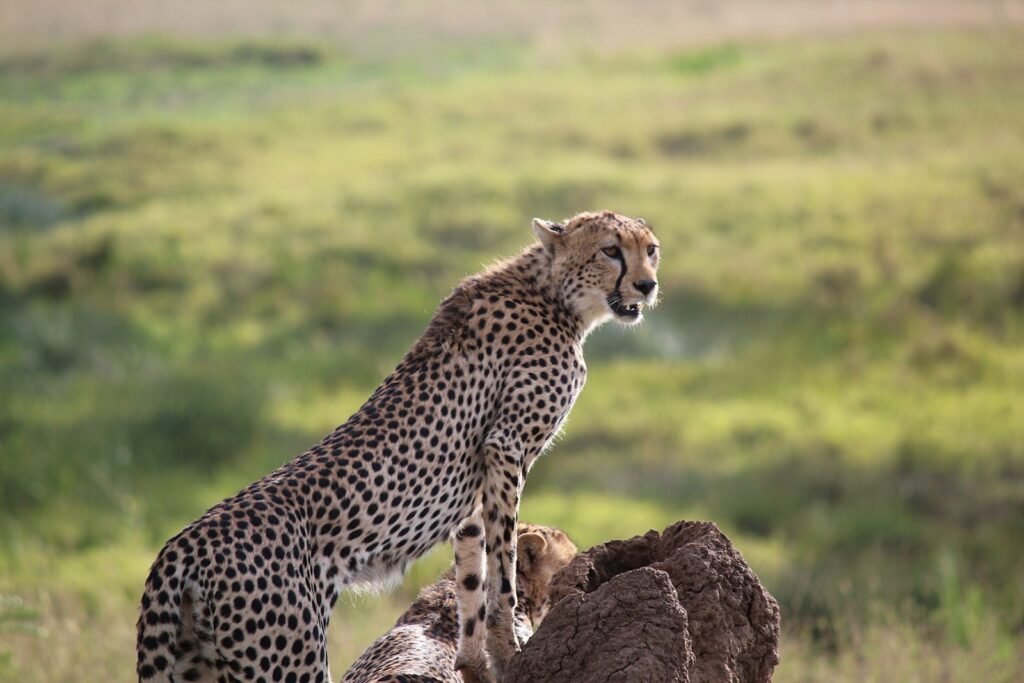
Cheetahs have evolved several adaptations to maximize their speed. Their semi-retractable claws provide extra grip during high-speed chases, while their long, muscular tails help with balance and quick direction changes. Their lightweight skeletons and large respiratory systems support their sprinting abilities.
Leopards’ Versatile Adaptations
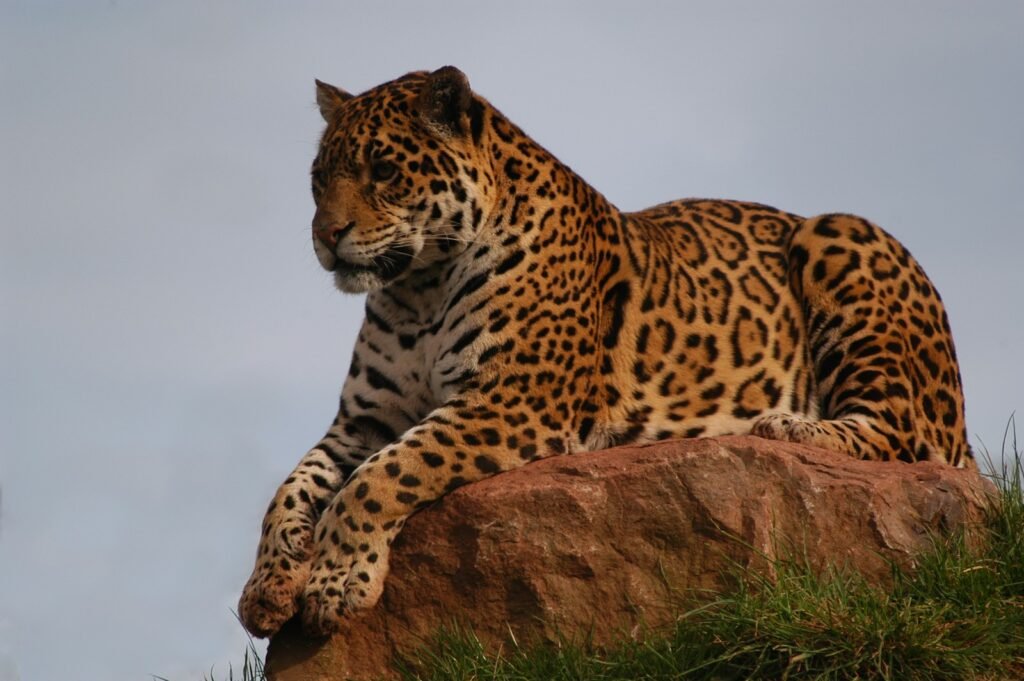
Leopards have adapted to a variety of environments, from savannas to rainforests. Their strong, muscular build allows them to drag large prey into trees to avoid scavengers. They have excellent night vision, making them proficient nocturnal hunters.
Conservation Status and Challenges
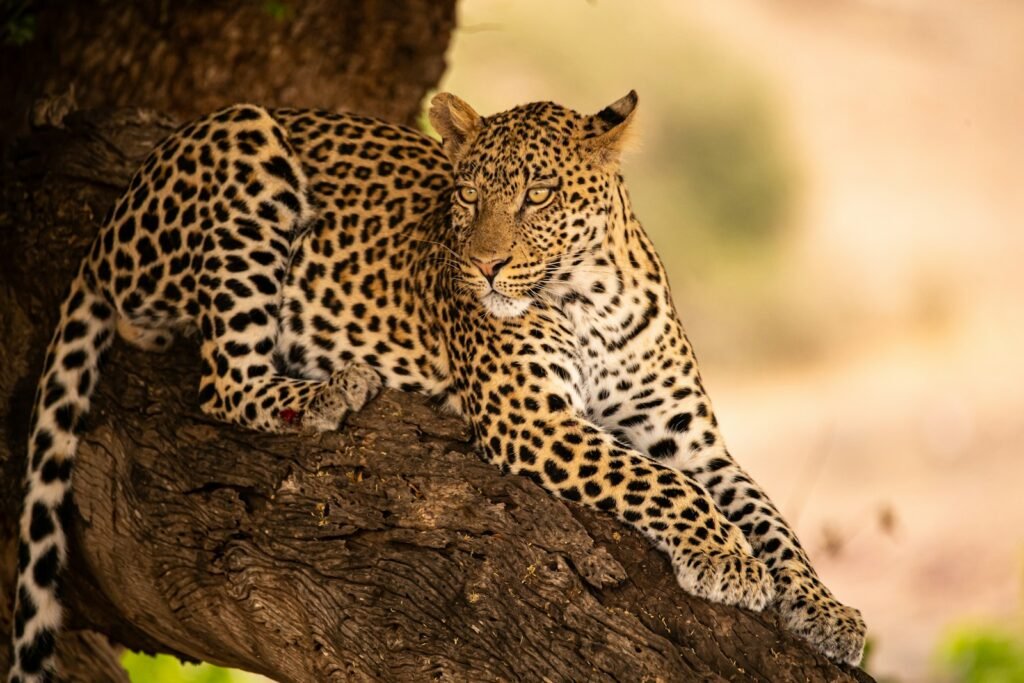
Both cheetahs and leopards face threats such as habitat loss, human-wildlife conflict, and poaching. Cheetahs are more at risk due to their specific habitat needs, with their status listed as vulnerable. Leopards, while more adaptable, still face declining populations in some areas. Conservation efforts are vital to ensure the survival of both species.
Conclusion: The Importance of Understanding Big Cat Differences
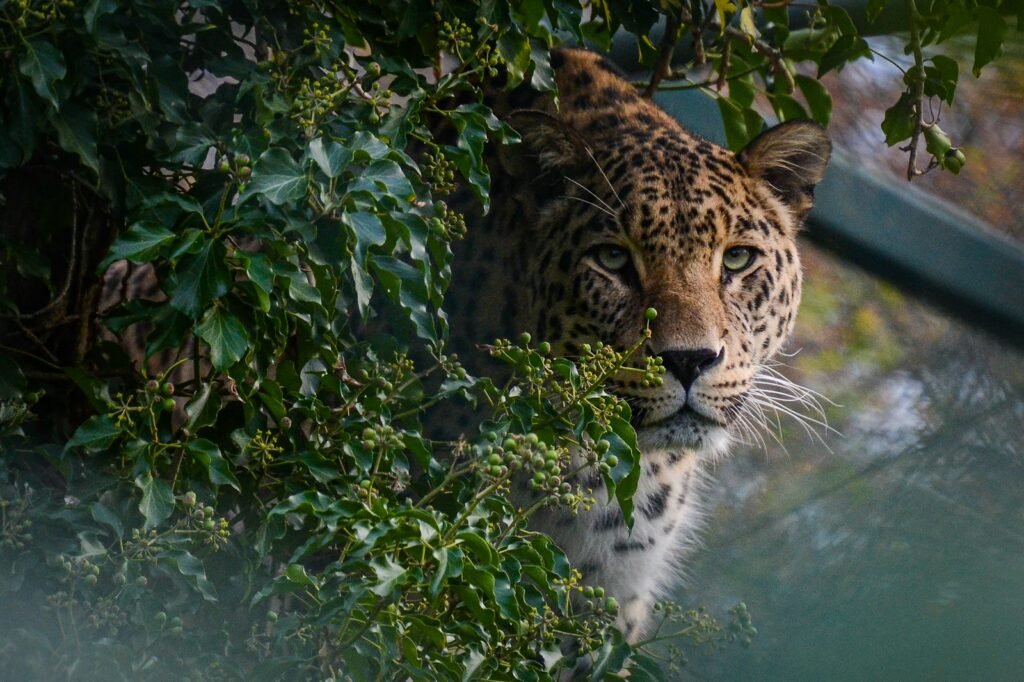
Understanding the differences between cheetahs and leopards is crucial for both education and conservation. While they share some similarities as big cats, their unique adaptations to speed, hunting strategies, and behaviors highlight the diversity of the animal kingdom. Through awareness and conservation efforts, we can help protect these iconic species for future generations.

Growing up traveling and experiencing new cultures and wonders, I have had a passion for nature, adventuring, photography, and videography. I am currently working towards a BSc in Biodiversity and Ecology at Stellenbosch University, and I hope to specialise in Marine Sciences one day.
Please send any feedback to Feedback@animalsaroundtheglobe.com






